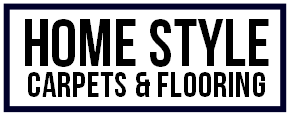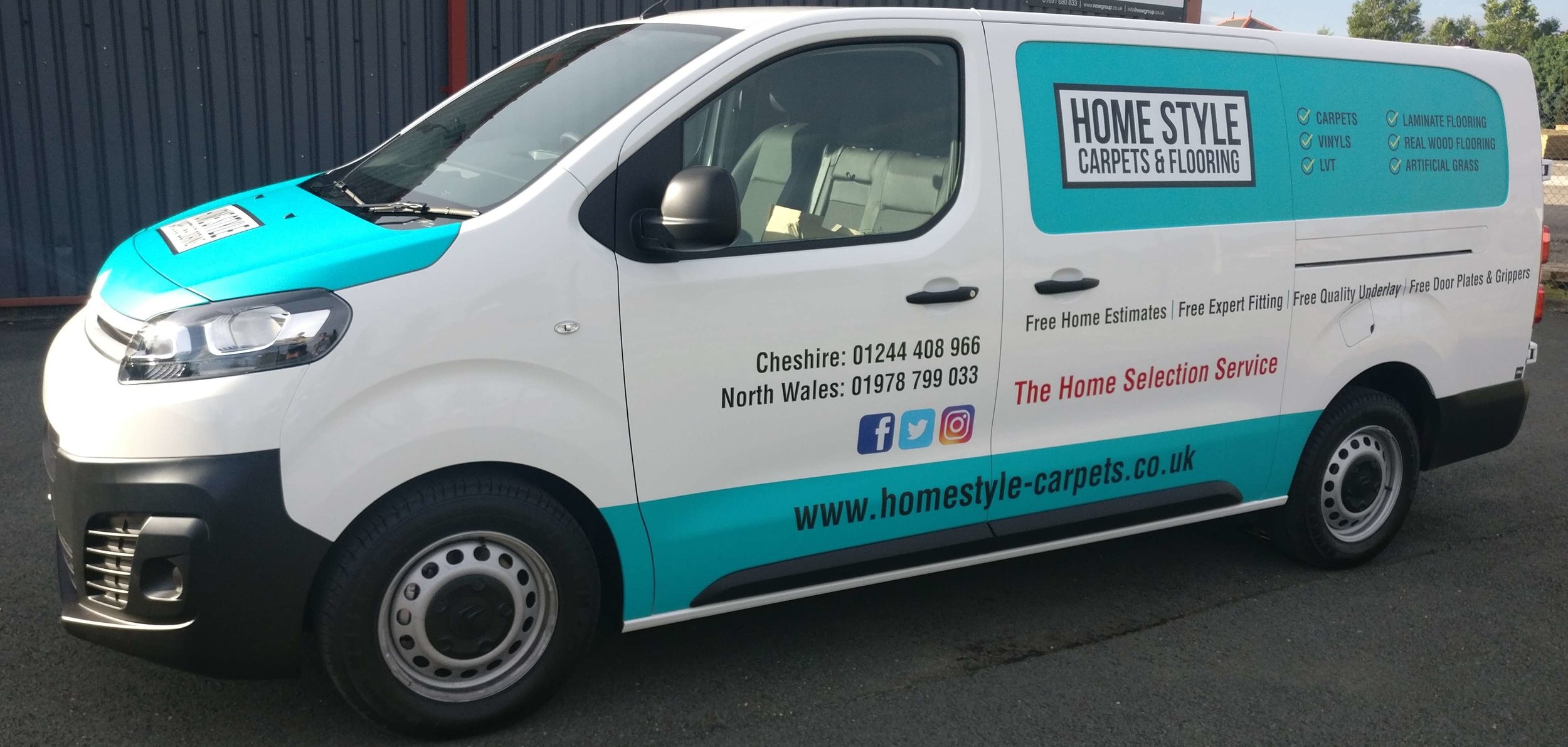A lot of people favour laminate floors for their homes, and they have good reason to do so. This surface is one of the hardest wearing and most versatile. Laminate generally comes with a layer that is designed to protect against surface damage such as scratches. It also now has a coating that safeguards against water damage, making it ideal for bathrooms and kitchens.
Laminate is long-lasting, flexible and can be made to resemble other surfaces from stone to marble or wood, so it is popular and cost effective. The thickness of the laminate can vary considerably though, so how should you select the right thickness for the floors of your home?
How is the thickness determined?
When it comes to working out the thickness of a laminate floor, each plank is measured by millimetres. Some of the manufacturers provide information concerning thickness as part of the packaging or adverts. That is something that you can look out for if you are going to be fitting them yourself. Most people opt to get their laminate floors installed by pros though, and it is often the same people that they bought the floors from. Therefore, it will be possible to enquire about the different thicknesses that are available before you actually buy one. This is the best way because it can save you a lot of problems further down the line.
Determining the thickness means measuring each plank from any subfloor surface padding that it might have to its top. If such a surface layer is pre-installed, a good thickness to look for will be around 14mm, with 2mm being the pad. If not, you should consider a 12mm thickness to be good.
What does the thickness mean?
There is no question that having reasonably thick laminate planks is important, but when choosing the right thickness, it is important to bear in mind what this does and does not mean. A thicker laminate will protect against some things but not others.
• Durability
It may be widely assumed that thicker means greater durability, but that is not always the case. What thicker laminate will protect against is issues such as warping. In terms of overall durability though, the water seal coating and scratch layer are probably more important in ensuring the floor continues to look good over a long period of time. The AC rating is also crucial, with AC1 being least durable and AC5 most durable. Professionals will usually recommend a minimum of AC3.
• Quality
Once more, the common belief is that the greater the thickness of a laminate floor, the better the overall quality. That is a simplistic assessment though and ignores a lot of elements that are involved in the manufacturing process. You should look for a floor with a core made from high-density fibre and at least 50% hardwood. This will act as a more reliable guarantee of floor quality than simply measuring the thickness of the planks.
Why does the thickness matter?
All of this might have you wondering why the issue of floor thickness even matters. The truth is though that there are real benefits to having a laminate floor that is reasonably thick. For one thing, it will make the installation process easier than it would be with a thinner one. Thicker planks are able to cope with small variations in the subfloor without causing problems for you at a later date. They will ensure that the floor is level regardless of those variations.
Thicker laminate floors are also better at creating good acoustics within a room and will provide you with a floor that is more resistant to impact. If it is going to be fitted in a room that people use a lot – or if you have small children – these can be very important factors when choosing a floor surface. Therefore, it is vital to get the right thickness.
How to choose laminate flooring thickness
The best way to make this choice is to talk to the professionals that you are buying the floor from before actually completing the purchase. However, there is a standard thickness range when it comes to laminate floors that you should abide by. Most floors are either: 8mm, 10mm or 12mm in thickness and anything less than 8mm will be too thin.
If you have children who are more likely to drop items like a ball onto the floor, then selecting thicker 12mm laminate will be best. That will apply to high traffic rooms in general, as thicker laminate will protect against the impact of boots or shoes. Given the noise-muting effects of thick laminate most people are likely to find planks that are nearer 12mm to be their preferred choice anyway.
You can get further information about laminate floor thicknesses from flooring professionals with years of trade experience.

